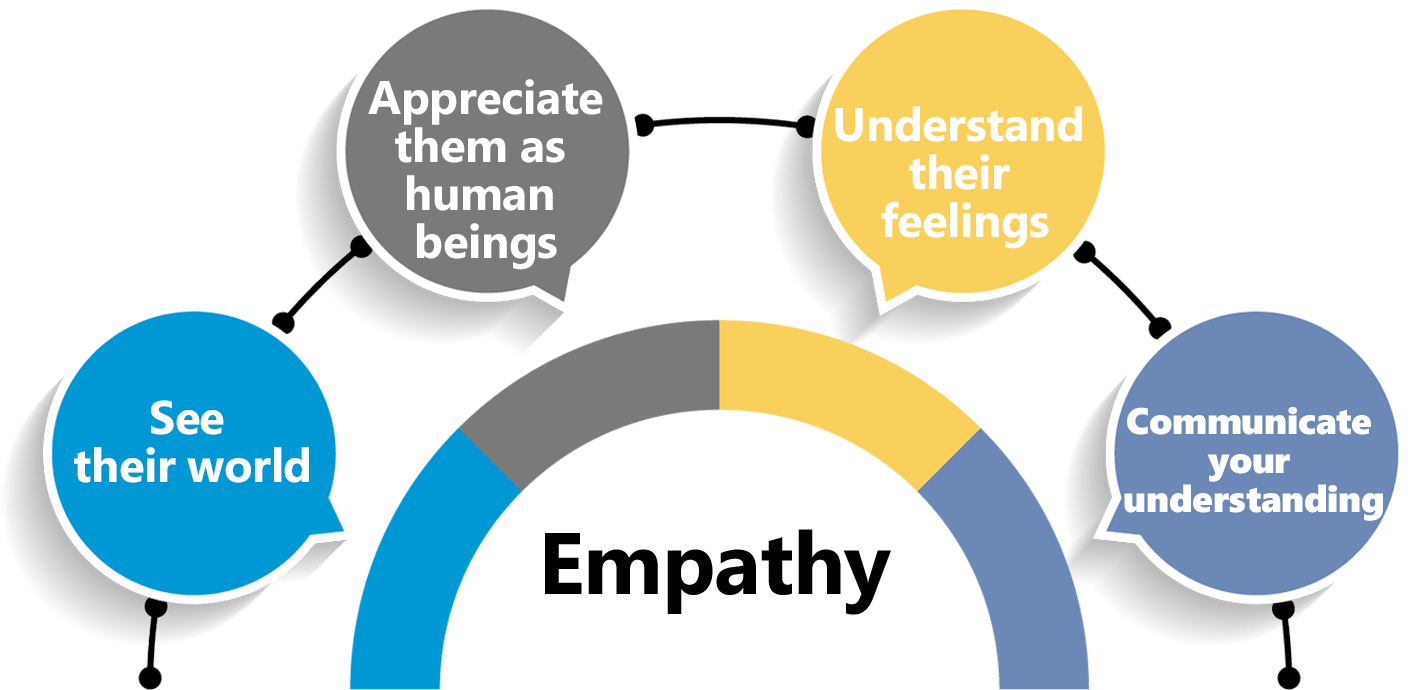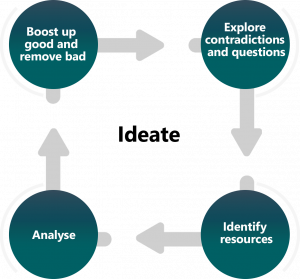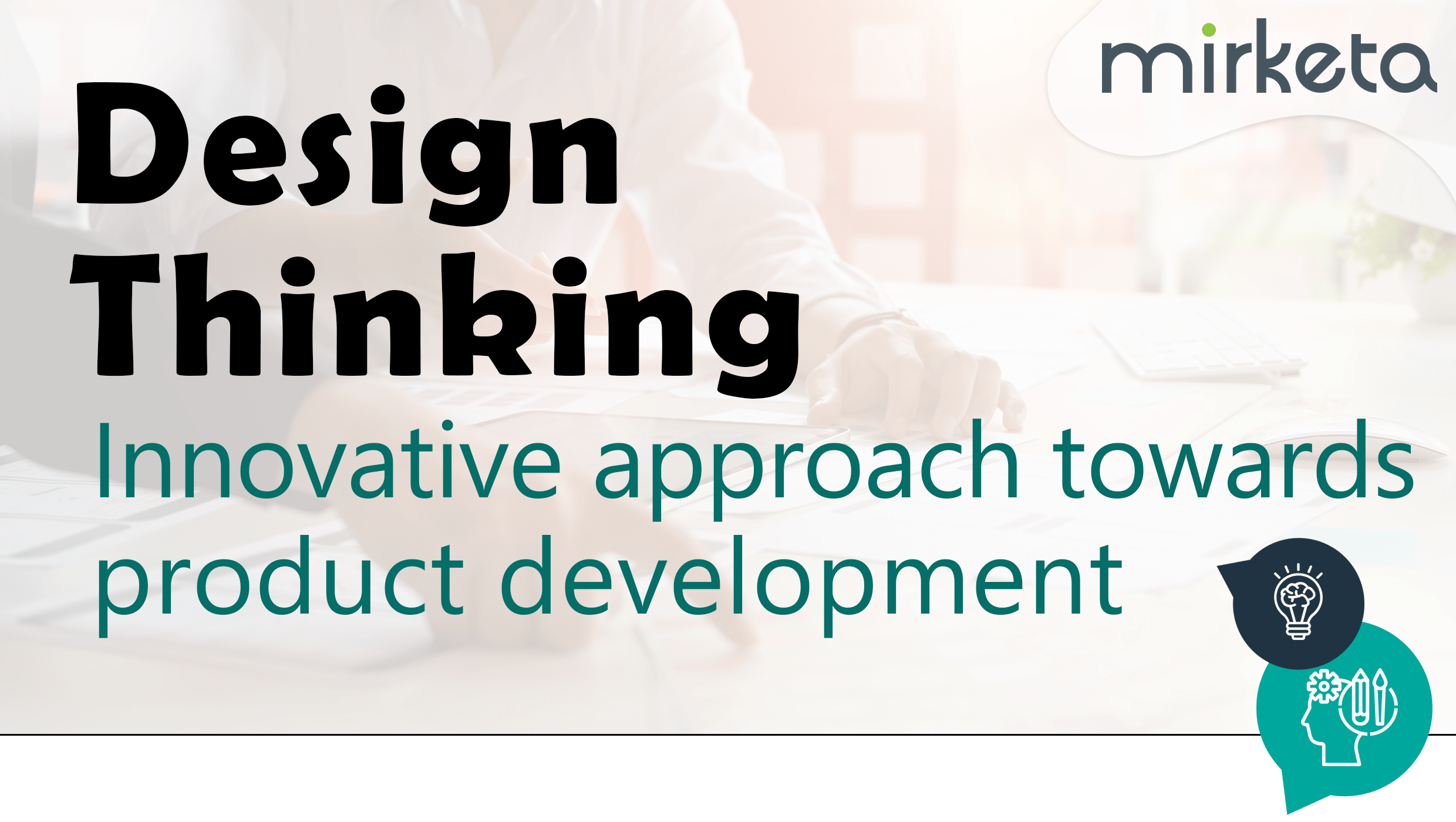
Design Thinking- Everything You Need to Know
Design Thinking has been in the centre of all the technological buzz lately. Many major organizations like Apple, Google, Samsung are moving on to design thinking like a clapper. Ever wonder why so buzz around it, why today all the leading universities like Harvard, Oxford, and MIT are adopting it as a part of their curriculum. Design Thinking is being explored by brands in every field from science to art and music to engineering. It allows the work to process systematically by extracting information, learn, teach, and then apply these to solve problems. This makes design thinking innovative, convenient, and human-centric. Let us explore some of the facts that explore the details and specialty of the process.
What is the meaning of Design Thinking?
When we talk about design thinking it can be said as a non-linear process that involves the computation that allows the team to understand users’ preferences, assumptions of challenges, problem identification and definition, and finding innovative solutions to a test or the designated prototype. Design thinking can be treated as a corner stone for finding solutions with innovative approach where customer preferences are taken into account.
Five Stages of Design Thinking
The Hasso Plantar Institute of Design at Stanford first evolved the concept of five phases in design thinking. But they also proposed that these do not run sequentially to each other but appear parallel to each other in any prototype. They may also repeat themselves and appear in irregular pattern and distribution.
It usually has five phases which are involving five phases:

1. Empathise:
This step symbolises the need of the researcher which is viewed through the eyes of customer. Here, the product developer gains an understanding of the problem which is empathetic. The product developer tries to find solutions which are based on user research and the preferences.
Empathy is the component where one has to understand the real situation and the requirement of the user. Empathy is important in design thinking as it has a larger impact of human-centric attitude which allows the product developer to design as per the user and move above the prejudiced judgments of his own.

2. Define
In this stage, one has to be calculative and define the problems and requirements of users. This stage is the appropriate stoppage to analyse the situation assessed through the empathize stage. Through various set of observation, product developer analyses the issues and severity of problem as well as the alternatives for the problems. The team need to identify problem statements and these are used in further step of design thinking process. Before moving on to the next step it is important to create a defined view for better understanding of problems and issues.
3. Ideate
In this step, the team challenges the assumptions and create ideas related to final design of the product. Now product developer is ready to generate ideas on the problem statements and analysis done on previous phases. The solid background of data from the primary phases means you will start to “think outside the box”, search for other ways to conceptualise the problem and identify innovative solutions to the problem statement you’ve created. Brainstorming is the basic of this step and leads to a firm understanding of the project needs.

4. Prototype
This is the step for actual Starting and one starts to make own solutions as per the information from previous phases. This stage is an experimental phase and the objective is to identify the simplest solution for every parametric problem found. The team should engage themselves to supply reliably scaled-down and effective versions of the product or the features specific to the product for the testing purpose and for the ideas that have been generated. This could include possibly a simply paper prototyping or a demo version created for customer use.

5. Testing
This phase is for trying out the answer then to again determine the product with the best of the details and technicality. The prototype is tested rigorously for evaluation and to satisfy the requirements gathered at various steps. However, this is often the final stage of the design thinking, but this is more or less the starting for locating more issues and then the cycle begins again for finding the solution to them.
So that simply means one can revert to the previous stages find the faults within the calculation, possibilities, need for updates to seek out an alternate for defined problems.

For out of the Box Thinking
No doubt why design thinking is taken into account as out of the box stream in any business module. This has the rules and regulations completely different from conventional problem solving and does not abide with dominant methodologies which are prevalent so far. The core of the design thinking lies within the intentions of improving the worth of the final product by analysis and understanding of interaction with the user. One of the crucial aspects for design thinking that makes it so unique is the constant working on assumption to validate them, experiment with them to find their validity and accuracy. Design thinking has that one element of deeper analysis digging every minute aspect of the product, right from the research to prototype testing. The product developer has to resist the temptation of jumping on immediate assumptions and rather wait till all the fundamentality are addressed for the real problem.
Design thinking – A Conventional Tool
Design thinking is an essential tool for generating holistic understanding towards complete product life cycle. As it encounters various aspects of people, categories, development cycles, ideas, and solutions so this has come up as the new way of tracking and organising the product and related ideas. As design thinking is completely based on the deep understanding of the problem people may encounter which has various dimensions into consideration like emotions, needs, wants, motivations, and behaviour of the individual. Hence it is the scientific approach of monitoring and evaluating the need and emotions of the consumer and also act as quantitative research approach for any brand.
Design Thinking and Mirketa
We at Mirketa incorporates design thinking at every stage of product and project management by going through the required steps in details. The concept design thinking eventually became part of our product/project building process where we view the requirements through the eyes of the user. Parts where we empathise with user comes with extensive research on the final user and the series of meetings to gather as much as of customer perspective. Defining the initial requirements, Ideating the final ideas for product/project, creating Prototype for all the updates, and Testing the final version is all process cycle in Mirketa.
Teams involved focuses on the quality of the product/project by taking along the ideas and designs generated through brain storming sessions and the product/project is considered as part of customer vision.
All those years of practice have made the product/project management as close to design thinking. We believe in providing quality of a product/project not only as per requirements and needs of user but through the vision of the user.
To Sum it up
Design thinking is an essential approach for problem-solving specific to design that includes every aspect of the problem identification and then finding the solution. This involves moving from an ambiguous aspect to specific factors. Every aspect is deeply monitored and tested to conclude a solution to the in-hand problem or requirement. It is an imperative and schematic process where the present knowledge is continuously questioned in an attempt to find alternative strategies of problem-solving.

Nice writeup Kshitij.
Thanks so much, Rajeev. We appreciate the kind words and support
Hello! Would you mind if I share your blog with my Facebook group? There’s a lot of people that I think would really enjoy your content.
Please let me know. Cheers
Thanks, Adama for your kind words. Yes you can share
I pay a visit each day a few websites and sites to read articles,
except this web site provides quality based writing.